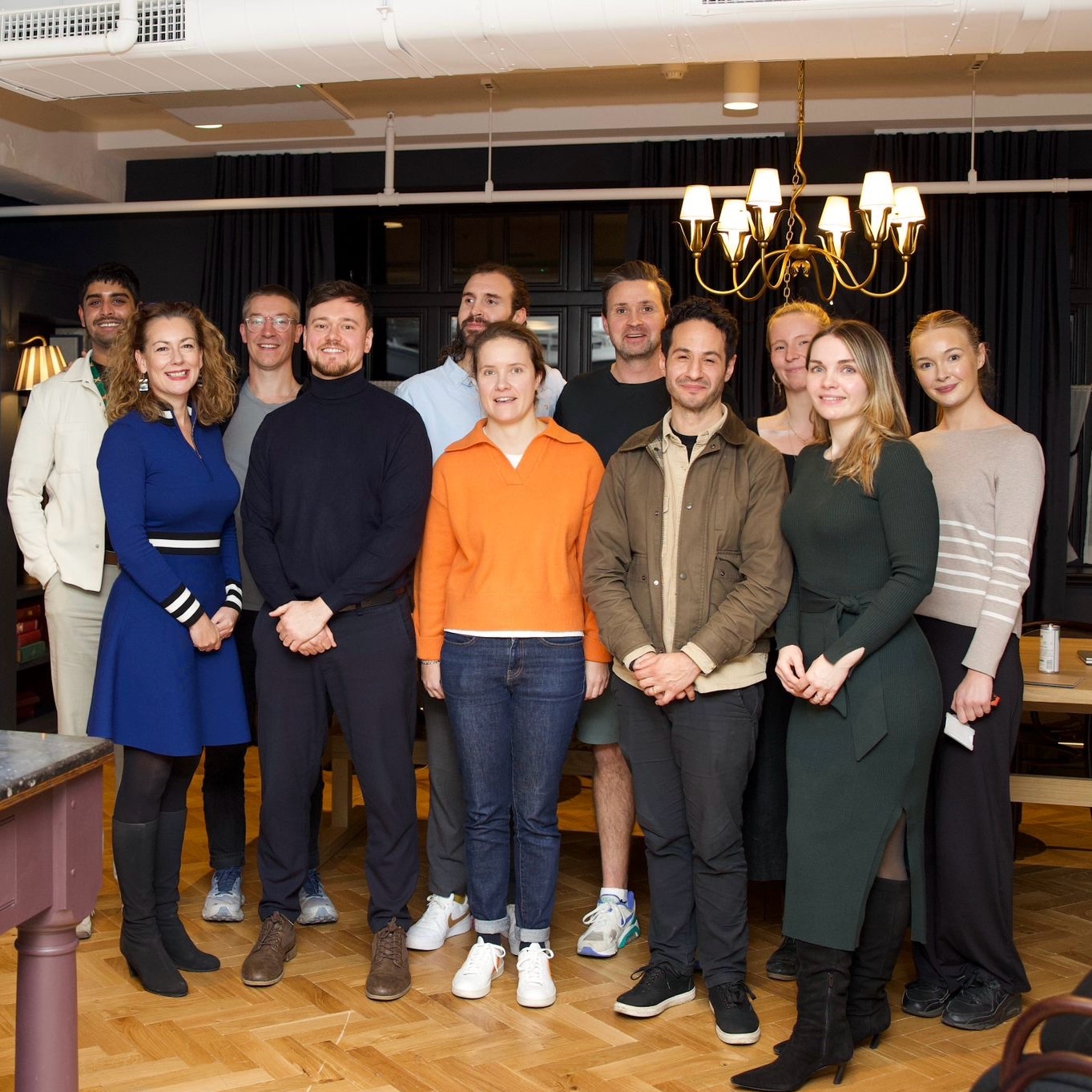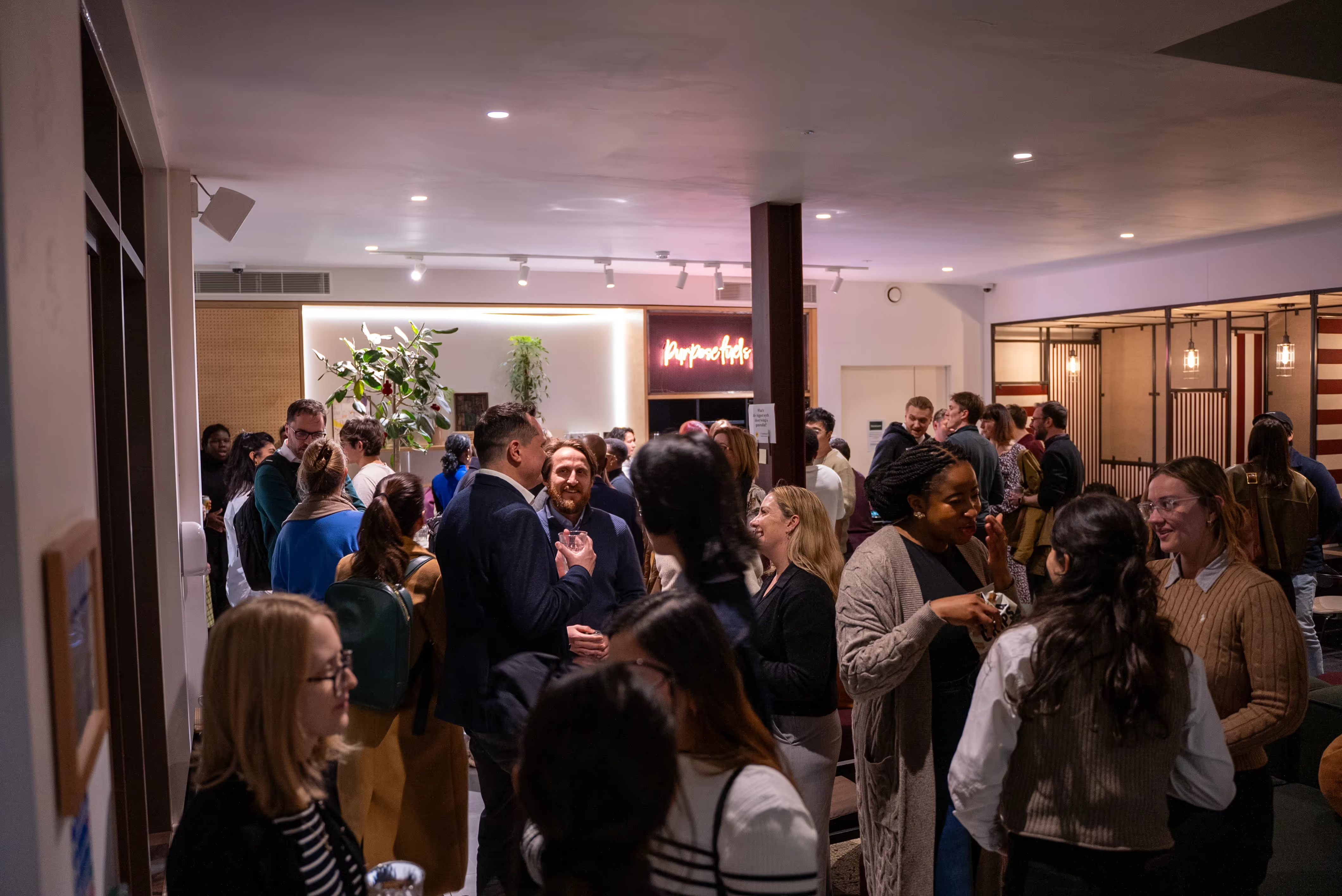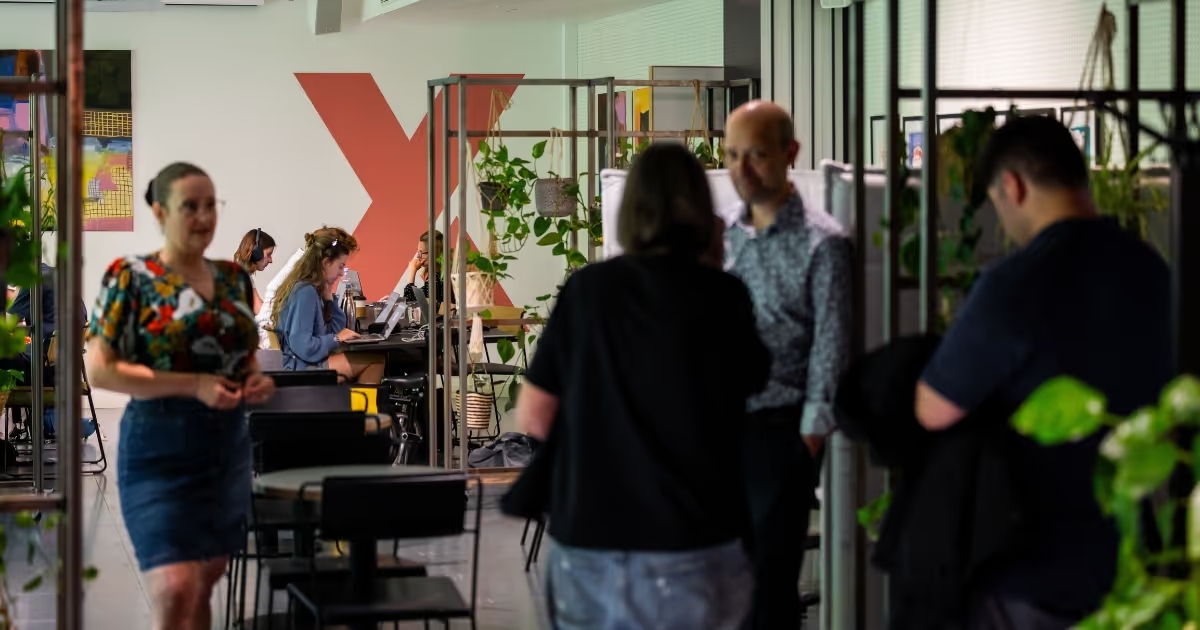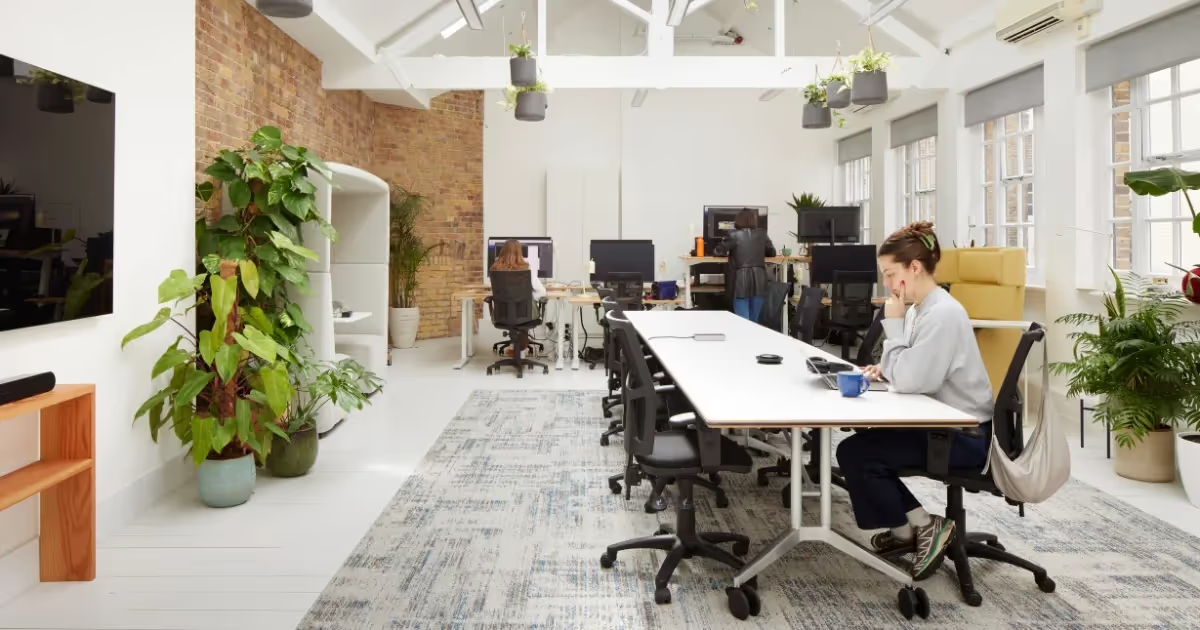During the Tech boom, major employers such as Facebook and Google have been known for their sprawling workplace wonderlands, housing campuses complete with perks such as cafeterias, gyms, nap pods, and games. However Hyder, founder of Salesforce, argues that the workplace of the future requires ‘agility, creativity, and a beginners mindset’, meaning that an immersive workspace is no longer confined to either a desk or the standard 9-5.
As an increasing number of companies move away from in-person work due to the advent of COVID-19, many have decided to turn the transition into a flexibly permanent fixture. After polling employees on their preferences, Salesforce, one of San Franciscos largest private employers, explained that it would now be moving most of its workers to a ‘flex’ situation, expecting them to use one of their leased office spaces just one to three days a week.
{{divider}}
‘As employers, we have an opportunity to create an even better workplace – one that allows us to be more connected to each other, find more balance between work and home, and advance equality – ultimately leading to increased innovation and better business outcomes’ - Brent Hyder, Chief People Officer at Salesforce
{{divider}}
During the Tech boom, major employers such as Facebook and Google have been known for their sprawling workplace wonderlands, housing campuses complete with perks such as cafeterias, gyms, nap pods, and games. However Hyder argues that the workplace of the future requires ‘agility, creativity, and a beginners mindset’, meaning that an immersive workspace is no longer confined to either a desk or the standard 9-5.
{{divider}}
Similar to San Francisco, areas such as London have seen an exodus of employees leaving the area in search of more affordable cities, given the added flexibility of the increasingly remote world of work. According to CBRE, the real estate strategy of the future focuses on four core areas: talent, location, occupancy and design experience.
{{divider}}
This means resetting workplace policies in light of a more distributed workforce and hybrid workplace styles, a move away from centralised office models and towards more flexible and decentralised approaches - as a strategy to both support existing employees and attract new ones, and more agile solutions to space adjustments in the face of uncertainty. In terms of design and experience, the reimagined workplace will be an essential part of ensuring the wellness, productivity and engagement of an increasingly distributed workforce, and digital technologies will create smarter, more efficient buildings offering a better all-round experience.
{{divider}}

The strategy of the future is all about choice - whether that be on the part of the employer looking to relocate, scale up or downsize, or on the part of the employee looking to conveniently integrate their work and home life. According to CBRE Insights, only 28% of employees desire a fully work from home experience. While this does not mean a complete end to the office experience, it does mean a lower utilisation of office space on a regular basis.
{{divider}}
The concept is nothing new, and as is the case in many other industries across the board, COVID-19 seems to have been a catalyst for many of the trends that were already beginning to take hold. However the beginners mindset approach to newly reconfiguring the world of remote work from first principles seems to be birthing plenty of new ideas and models, including ‘virtual firsts’ whereby workforces that primarily depend on a remote environment are still encouraging teams to come together on a co-ordinated interval basis to connect and collaborate.
{{divider}}
According to Workplace Insights, long commutes are one of the key contributors of employee dissatisfaction, affecting happiness and wellbeing as significantly as a pay cut. Before COVID, the average commuting time per day in England had risen from 48 to 60 minutes each way over the past two decades. Given that most flexible office solutions now provide multiple branches and outlets nationwide, the demand for more local workspace is becoming increasingly easier to cater to. CBRE’s workforce sentiment survey of 10,000 global employees across 32 companies found that 43% would either always or frequently prefer working at a company-provided location closer to their home.
{{divider}}
Adopting a hybrid model of flexible workspace, allows companies to maintain central HQs in urban cores, while establishing satellite offices that are near an increasingly dispersed workforce, and drawing on a network of locations the rest of the time to conduct their work, combating common challenges such as commute times and feelings of isolation often associated with remote work. The flexible office space neatly caters to this rising demand by providing furnished, serviced, affordable and on-demand workspace, with many companies actively reviewing their location footprint and considering alternative strategies based on lower cost and higher quality of life - a labor-driven location strategy will become increasingly important as long as diversity and inclusion, high-demand skill sets and cost optimisation remain a focus for companies.
{{divider}}
As businesses wait tentatively for the latest updates about the on-going lockdown, the need to plan amid uncertainty has never been more critical, and if done right, will allow them extended competitive advantages in the future market. Focusing on portfolio strategy to ensure that the real estate footprint can shift as trends unfold is critical. Although property has traditionally been a long-term commitment, 56% of UK companies now anticipate using flexible office space as part of their future real estate strategy. This allows businesses to maximise their long-term commitments while minimising their risk as headcount fluctuates.
{{divider}}
The environment increasingly requires that the businesses of the future work under the assumption that the landscape of tomorrow is unknown, developing smarter solutions to accommodate. Instead of asking whether demand projection is uncertain enough to warrant flexibility, companies should change their perspectives to ask whether their headcount and demand projection is solid enough to make a long-term commitment.
{{divider}}
Once the domain of startups and freelancers, flexible office space is becoming increasingly popular with corporate clients, especially when viewed as part of a holistic strategy, as opposed to a standalone option. Industries across the board are becoming increasingly shared and decentralised, with better built-in value and resilience. In that sense, just as cloud computing and ride sharing have transformed legacy industries, flexible office space is transforming the commercial real estate business, with something to suit everyone.
{{divider}}

With utilisation rates becoming an increasingly common metric, more and more occupiers are waking up to how much space goes unused, alongside the associated cost. Each type of flexible space option aspires to offer the right space, at the right time. With this increasing array of truly flexible alternatives, there has never been a safer time to be wrong about future space usage. While the flexible office space is a consistent core feature of some businesses, for others, this is a fallback strategy that has not been so widely available in previous cycles.
{{divider}}
Despite the decreasing centralisation of business models, what will bind the workforce of tomorrow together is increasing access to both inter and cross-industry collaboration, using physical and virtual networks, facilitated by new design standards and technologies focused on health, productivity and communication. The reimagined workplace will be an essential part of ensuring the safety, wellness, and engagement of a distributed headcount - something that most flexible workspaces already have baked into their core strategy, given that keeping customers happy is key to higher client retention rates.
{{divider}}
The flexible workspace is essentially a best of both worlds approach, offering spaces for both individuals and teams alike. Whether full-time or part-time, a team-based workplace design concept allows employees to engage in the office when they primarily need to collaborate on a specific task or project. This addresses some of the complaints that increasing home-based arrangements may negatively be impacting team-based work, such as creative ideation, innovation pipeline development, impromptu conversations and social connections. Other strategies include an event-based workplace design, which allows employees to conduct most of their individual work at home and come to the office primarily for scheduled meetings and events.
{{divider}}
The latest technology is enabling a true link between supply and demand, matching verified needs to available resources. Most flexible workspaces already come with fully integrated solutions that enable rapid communication and enhanced efficiency and sustainability goals. Technology applications are at the forefront of delivering intuitive solutions to employees to streamline their daily interactions within their community, workplace and each other.
{{divider}}
The workplace environment is central to longevity and core business strategy, from a holistic point of view that encompasses all of employees, network and the increasingly blurred interface between both digital and physical worlds. To enable successful business outcomes based on collaboration, progressive design and agility, flexible workspaces are in the best position to cater to the emerging and dynamic demands of both the present and prospective landscape.




.png)
.avif)


.avif)


.avif)
.avif)



